An energy tariff is the way you buy electricity.
Just like you pay a certain amount for a litre of petrol, you also pay a certain amount for a kilowatt hour (kWh) of electricity. And just like the price of petrol changes throughout the day, so too does the wholesale price of electricity (every five minutes, to be exact).
Energy retailers turn the varying wholesale price into a set of pricing plans (tariffs) for you to choose from. The trick is choosing the right one, and that largely depends on your consumption habits and how flexible you can be with your usage.
In Australia, there are five common tariff structures: Flat tariff, time-of-use tariff, controlled load tariff, demand tariff, and wholesale tariff.
This article unpacks the time-of-use tariff.
 Time-of-use tariff: Adapting to renewables
Time-of-use tariff: Adapting to renewables
With a time-of-use tariff (or variable rate), you pay different rates for electricity depending on the time of day that you use it.
Time-of-use tariffs set different rates for different blocks of time. A standard setting is for “peak” rates between 7am and 9pm on weekdays, with “off-peak” rates for all other times, but these could differ between retailers. Some retailers include a “shoulder” tariff for the period between peak and off-peak rates.
We suggest checking your energy contract to understand how your time-of-use tariff is constructed and adjust your electricity use to match the timings and gain more control over your bill.
Just like the flat tariff, a set time-of-use tariff will allow you to practice becoming flexible in your electricity use to achieve a better cost and carbon outcome. As you learn how to align your usage with renewable generation, you can move to a new time-of-use tariff that allows you to improve your EVP Rating, reducing your cost and carbon as you go.
- Pros: You can save money and carbon emissions if you shift your usage to off-peak times.
- Cons: Energy costs more during peak times, so you need to be mindful of when you use it.
- Good to know: You need a smart meter to access variable rates.
Learn more about the other four tariffs:
- Flat tariff
- Controlled load tariff
- Demand tariff
- Wholesale tariffs
At EnergyFlex, we’ll guide you in negotiating a better rate with your retailer or if that fails, finding a better plan for you.
To compare retail offers in your area, head to the Energy Made Easy site.
